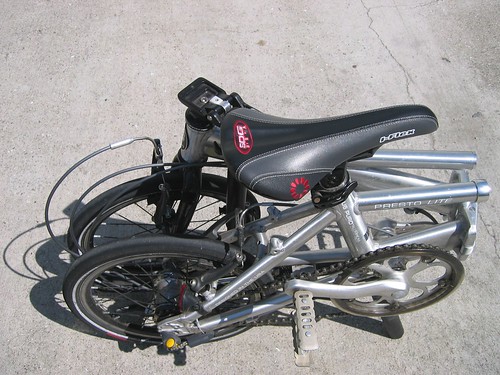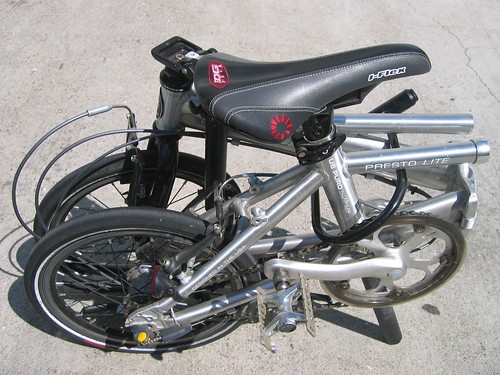I poured quite a bit of time and effort into acquiring an online digital good. At the same time, I decided to take advantage of a temporary promotion on ebay where you can list items for free for the next 3 days. Among the many items that I listed, I decided to take a chance and list that particular digital good, my asking price for it about 25% higher than what I paid for it, after ebay and paypal fees. I had done my due diligence, looked at competitors, saw many people buying and selling the same item on ebay, and thought, with my account in good standing and lots of positive feedback, why not see if it might sell? Well, imagine my pleasant surprise when I got out of bed in the morning, checked my email, and saw that my item had sold through Buy It Now for a couple of thousand dollars, hand to God. The buyer also seemed good, with 76 feedback and a rating of 95.4%, and he paid me with paypal, in the amount of $2736 after ebay and paypal fees. The buyer used ebay messages to specify the online address where I could deliver the item, and after confirming the money was in my paypal account, I promptly sent the item to him.
I was feeling high for about most of the day, happy that all the money, time and effort I had spent in my online community was beginning to pay off. The ebay buyer had told me the item had been received, and had even given me positive feedback. Imagine my surprise and horror when, around 10 pm yesternight, about 11 hours after I delivered the digital good, I received 2 messages, one from ebay, one from paypal, with the Subjects: "MC143 eBay Listing Removed", and "Notification of Cancelled Withdrawal", respectively. The first message said:
We recently learned that someone was using an account to bid on items without the account owner's permission. For this reason, we have canceled all bids on the following listing...All associated fees have been credited to your account. Please note that we're working with the account owner to prevent any additional unauthorized activity.The second message, from Paypal, came about because I was trying to transfer the money sent by the buyer for my digital good into my bank account, and it read:
If you have any concerns or questions, click "Customer Support" at the top of most eBay pages.
We're sorry for any inconvenience, and we thank you for your patience and cooperation.
Sincerely,
eBay Customer Support
Recently, your account balance became negative. To cover your negative balance, we have reversed "Pending" electronic funds transactions that you had initiated from your PayPal account. This is to confirm that the following transaction(s) have been cancelled...Thanks,Long story short, I called ebay, told them the buyer was making a false claim, because I had been in touch with the buyer by the hotmail email address associated with the buyer's Paypal account, and also by ebay messages, and I had an email from the buyer saying the digital good had been received, and the buyer had even given me positive feedback. My protests had no effect. In the eyes of the ebay customer service agent, Dustin, the account that bid on and won my item was accessed by a third party, without the account holder's permission, and for security reasons, Dustin could not tell me what the criteria or proof was that ebay possessed showing them the account had been accessed by a third party. When I told Dustin that the problem was I had lost the item I sent to the buyer, Dustin put me on hold, then said he was going to advise me to contact law enforcement about this. When I told Dustin that the buyer was in a different country, Dustin said "that's the only way we can resolve it." When I asked for the payment back, Dustin said they could not do that, because the items were purchased by a third party. At this point Dustin must have heard me typing, because he asked me if I was recording this call, and when I said yes, Dustin said at this point he is forced to disconnect this call. Click. And that, ladies and gentlemen, is the embarrassing story of how I got scammed out of the digital good I had, and the money I paid for it.November 7, 2013: Latest update on this case is here.
PayPal Finance Department











